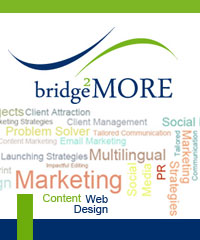Do you ever find yourself tossing out spoiled fruit and vegetables? What if I told you that you could extend the shelf life of your produce by simply improving your method of storage?
The University of Arizona conducted a study that analyzed families and their eating habits and found that, on an average, over 470 pounds of food was tossed out (14% of all food brought home), at an annual cost of $600! One fourth of all produce Americans buy is thrown out because it has gone bad, which sums up nationally to around $43 billions dollars worth of food per year!
If your produce goes bad after just a few days, it may be because you are storing it improperly. Some fruits and vegetables give off ethylene gas (a ripening agent), that speeds the ripening of ethylene-sensitive foods (and thus leaving them to rot at a much higher rate). If some of your produce has mold on it, this mold can proliferate and rapidly spread to anything nearby. If you do have spoiled produce, make sure you toss it out immediately to prevent spoilage of nearby food items.
Lengthen shelf life
Putting fruit and vegetables in cooler areas (like the fridge) slows down the respiration process and helps make (most) produce last longer. In warmer temperatures, produce respires at a much faster rate, making the ripening process much faster.
You do want to slow down the rate of respiration, however, you do not want to stop it altogether. Sticking produce in airtight plastic bags in the fridge is one of the worst things you can do to fruit and vegetables. You will suffocate them and speed up the rate of decay (and thus leave you throwing out tons of produce)
If you recall earlier when I mentioned ethylene gas (a natural ripening agent released from fruit and vegetables), this can lead to premature decay. If you put greens like kale, collards or spinach in the same bin as nectarines, peaches or apples, you will find your greens turning yellow and limp in just a few days.







